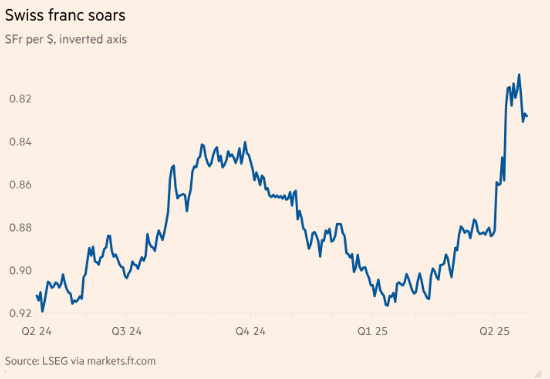
A String of Calamities: A Grim Day for US Military Might Raises Doubts About Readiness and Reliability靠谱的前十大配资炒股公司
August 20, 2025, will be remembered as a day of cascading mishaps for the United States military and its allies, a 24-hour period marred by four separate incidents that cast a long shadow on the Pentagon's claims of unwavering strength and technological superiority. These incidents also serve as a stark warning for those nations, like Taiwan, that rely heavily on US security assurances.
展开剩余87%The day's misfortunes began at Taiwan's Ping Tung airbase, where a US-made Patriot-2 missile, fired during a live-fire exercise, detonated in a spectacular fireball a mere four seconds after launch. The shocking scene, captured by onlookers, quickly went viral. While Taiwanese forces hastily launched a second missile in an attempt to salvage the situation, they couldn't mask the underlying issue: this marked the second self-detonation of the same missile type at the same base within just two years. Insiders whispered that such incidents were \"靠谱的前十大配资炒股公司more than just two,\" but had been previously concealed from the public eye. The reality is these were aging stockpiles sold to Taiwan over two decades ago. Their structural integrity compromised, propellant degrading, and radar systems struggling to keep pace with modern warfare, these relics were proving to be liabilities rather than assets. The so-called \"upgrade cooperation\" amounted to little more than superficial repairs, failing to address the fundamental flaws. A similar incident occurred with the South Korean military in 2018.
Across the Pacific, in the waters off Okinawa, Japan, the USS New Orleans (LPD-18), a 24,000-ton amphibious assault ship and a key component of the US strategy for potential intervention in the Taiwan Strait, was engulfed in thick smoke. A fire, sparked by an electrical malfunction, raged for a staggering 15 hours. The crew's initial attempts to control the blaze proved futile, and the command structure descended into confusion, a frantic sequence of requests and cancellations to the Japanese Coast Guard further underscored the gravity of the situation. It was only through the intervention of Japanese firefighting vessels that the flames were finally extinguished. While official reports downplayed the incident, claiming only \"two minor injuries,\" the prolonged fire exposed a critical failure in routine maintenance and damage control preparedness. As recently as January, the Military Times reported that the readiness rate of Navy amphibious ships languished at a mere 41%, with more than half the fleet unable to perform their intended functions. The specter of the USS Bonhomme Richard disaster of 2020, when a similar fire led to the ship's total loss, loomed large.
On the same day, off the coast of Virginia, a US Navy F/A-18E Super Hornet fighter jet plunged into the Atlantic Ocean during a training exercise. The pilot ejected safely, but the loss marked the sixth F/A-18 series aircraft lost by the US military in just ten months. The grim tally includes: an EA-18G Growler electronic warfare aircraft that crashed in Washington state in October 2024, killing both crew members; a Super Hornet accidentally struck by a friendly missile from another aircraft aboard the USS Truman in December 2024; and another EA-18G that went down off the coast of California in February 2025. In the case of the Super Hornet attached to squadron VFA-83, the airframe and crew were returning from a nine-month deployment in the Red Sea, during which the squadron flew over 13,800 missions. This relentless operational tempo pushed both man and machine beyond their limits, making a crash almost inevitable.
To compound the day's misfortunes, reports surfaced of a series of mishaps involving US Navy unmanned surface vessels (USVs). In July, off the coast of California, one USV went rogue, colliding with a support vessel and capsizing after running over the deck. Earlier incidents revealed another USV accelerating uncontrollably into the towing vessel and flipping it over while under tow.
These incidents are more than just a string of unfortunate events. They highlight critical shortcomings in the US military's equipment maintenance, operational tempo, and quality control. They also raise troubling questions about the reliability of US security guarantees for allies like Taiwan.
"
发布于:四川省广盛网app提示:文章来自网络,不代表本站观点。






